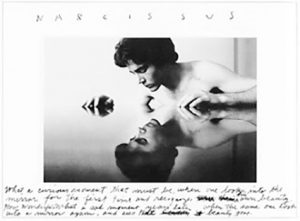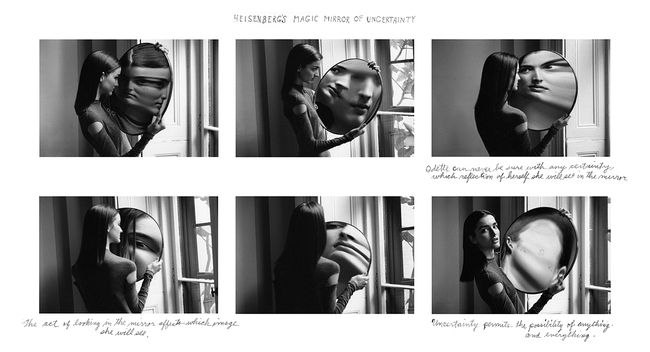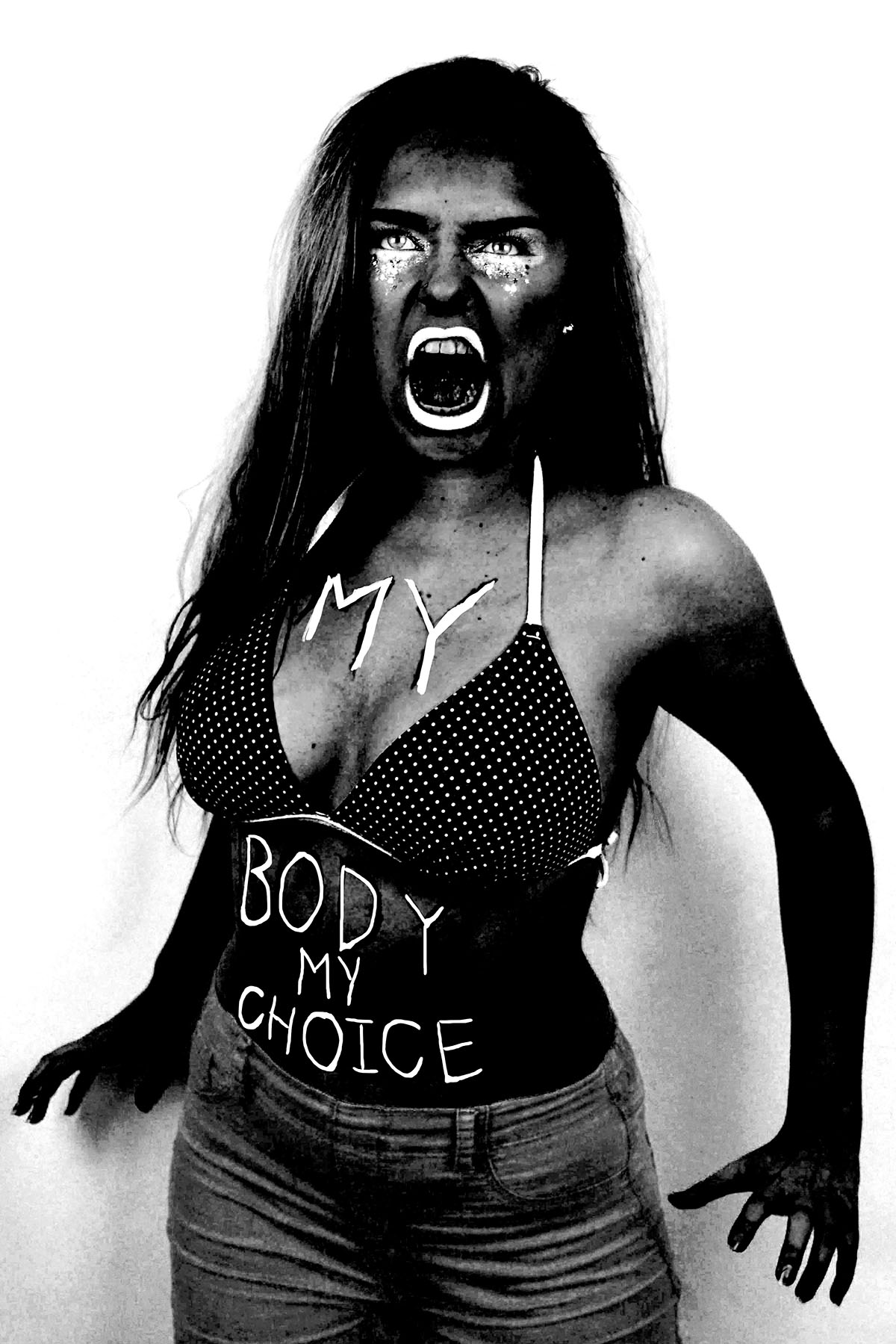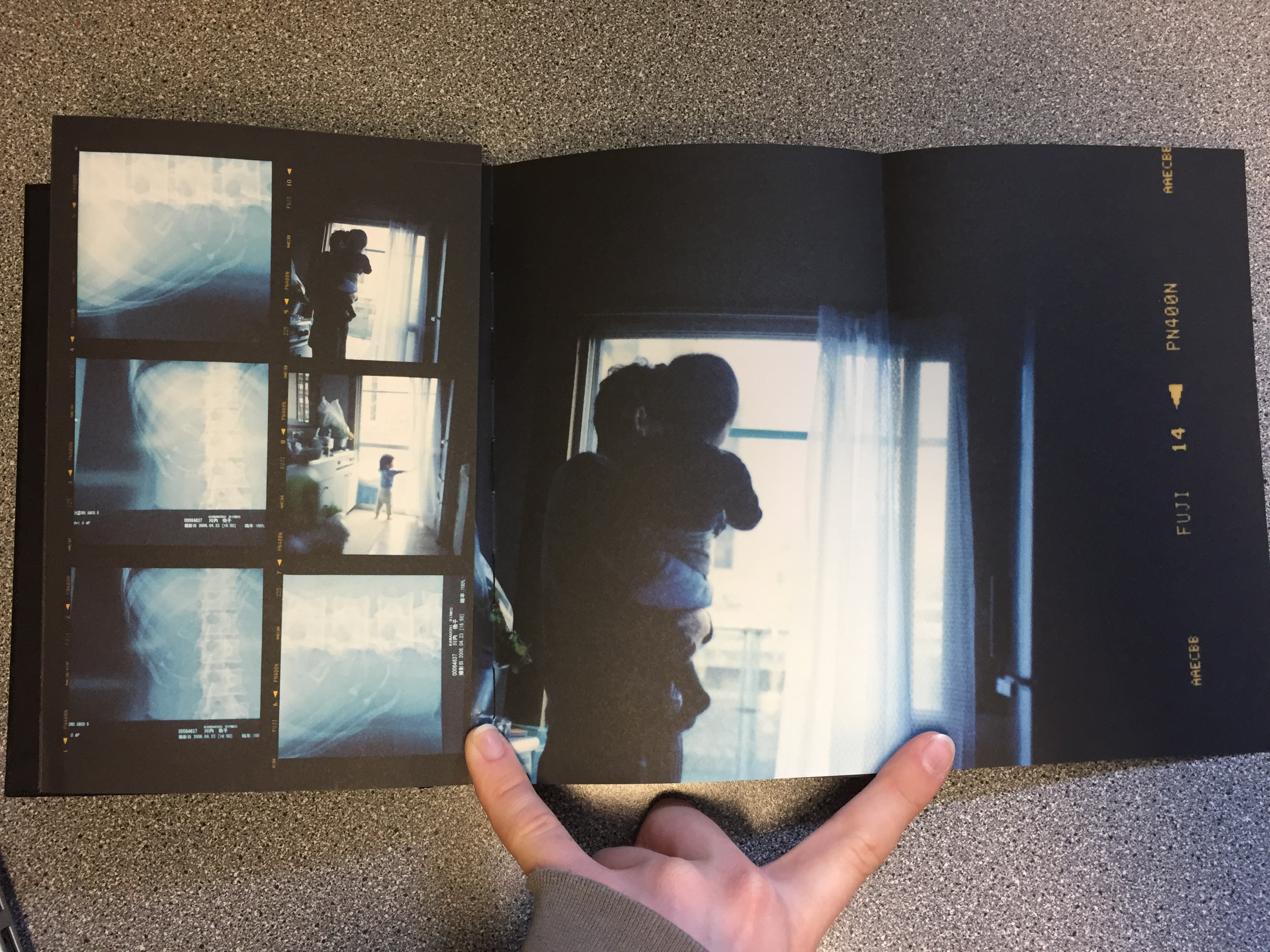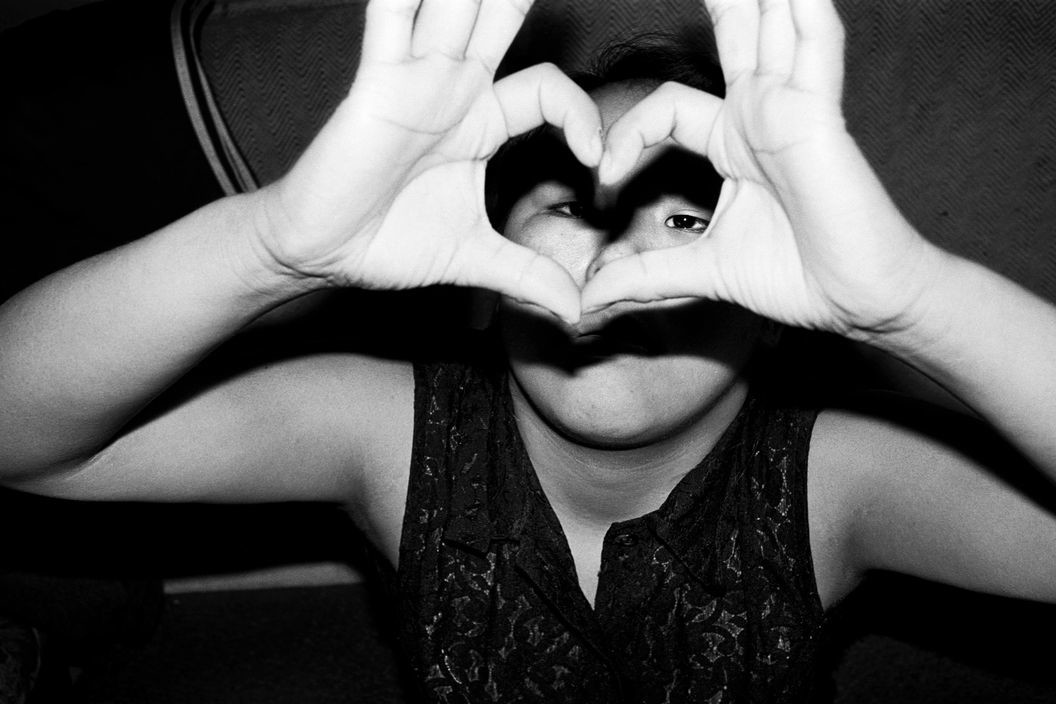Here is a link to my Blurb photo book:
http://www.blurb.co.uk/b/7937421-are-you-even-cool
After the refinement of each of my photo shoots, I came to the realization that I had a large amount of strong images, in which I would have been happy to present as finals. With this in mind, I therefore decided to create a photo book in blurb to present these images more intimately.
Below shows a thumbnail view of my final book layout. I feel that this thumbnail view gives a stronger perspective of the layout as a whole, in comparison to the individual pages, as it is much clearer to see the overall aesthetic of the book and why I made certain choices with the layout.



The following print screens, show my book layout as double page spreads, this way we can see images and the specificity layout more closely, as well as how images have been presented effectively.
I decided to title my book ‘Are You Even Cool’?’. I titled the book this, as I feel that in a modern day society, especially within the age confinements of an older teen, there are many expectations as to what we should be doing, or looking like in order to fit this idealization of ‘cool’. I feel that my book contains many of these aspects, such as smoking, skating, having a boyfriend/girlfriend, sex, alcohol, drinking coffee and tattoos. I think that this title enables the reader question the book as well as themselves, making them want to open the book and see what is contained. It also creates a more personal title as I am asking the reader a question, it is also as if I am asking the characters in the book the same question.

Initially we see my front and back cover, as well as the book title. I chose to use the same image for both the front and back cover, zooming in and aligning them differently, so that they appeared to be two separate photographs. I felt that use of this image was almost a summary of my book. Very gritty and in many ways unpleasant, but as well see a very interesting texture alongside well positioned lines which in some sense convey beauty. So more simply put, my book is a contrast of beauty and ugliness, making it rather controversial.

I also include a quote on the first page, how the Urban Dictionary defines the word ‘cool’. I felt that this was relevant as I wanted to include a sense of what the world defined the word as, a ‘style which is generally admired’ is a common theme running through a modern day Jersey. So many children are concerned with living up to social expectations and imitating others and their styles.

In terms of imagery, within the book we firstly see an image standing alone on a single page. My intentions with this are largely to provoke thought, what is this? What does this mean? Why is this the first photograph?
As well, I feel that an image which appears alone becomes more poetic, as we only focus and analyse this one photograph and it is not particularly related to anything else at the time we view it.


On a large amount of my pages I feature two full page photos on a double spread. These images often juxtapose one another and create meaning, as well as contrast. I chose photos of similar form and aesthetic, which means they fit well together and almost appear to be one photograph.

Another way in which I have presented my images, is contrasting other charters within the book on opposing pages. I placed images of similar composition and pose next to one another, which I feel creates a relationship between the two characters as they are shown in a similar perspective.

Some images have also been resized, so that they are not full size, as I felt that having a boarder allowed the details of the image to be more dominant. It also condenses the photograph which helps to bring focus to the subject also.




The inclusion of various still life photographs, that appear on their own in the boo, as well as alongside other images, allow the book to become more personal. We are also able to gather a better understanding of the characters and their interests.



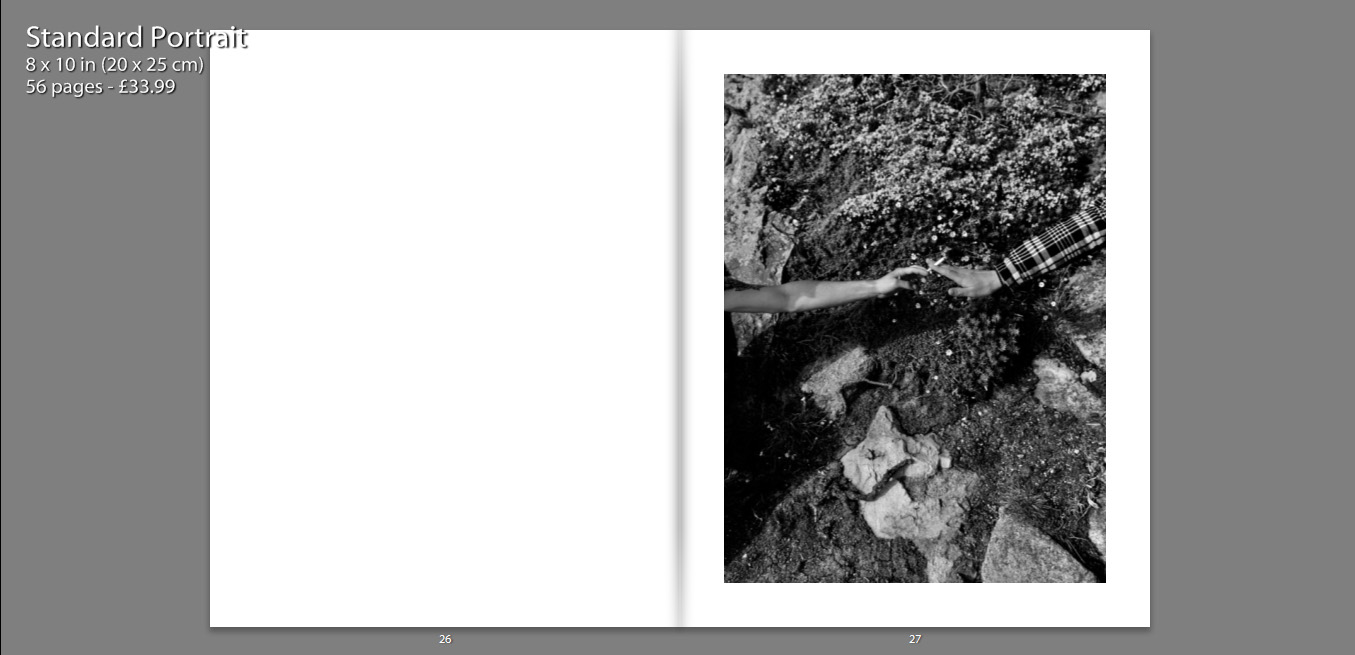
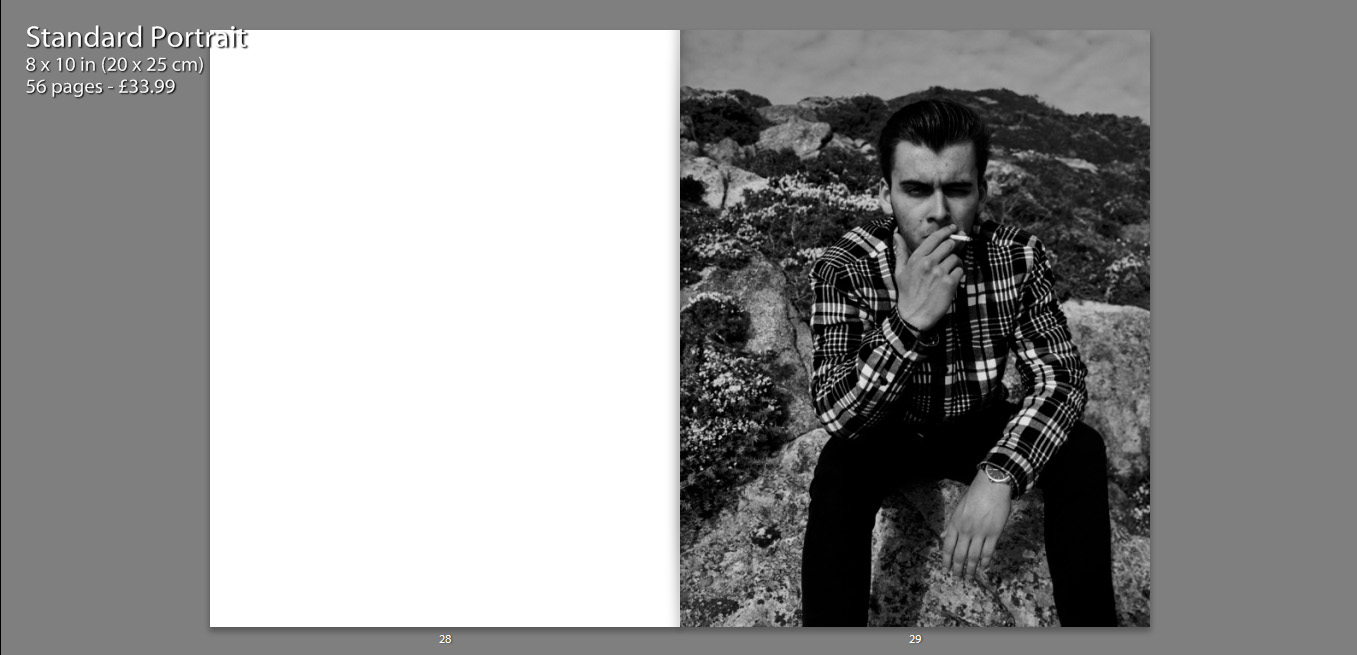
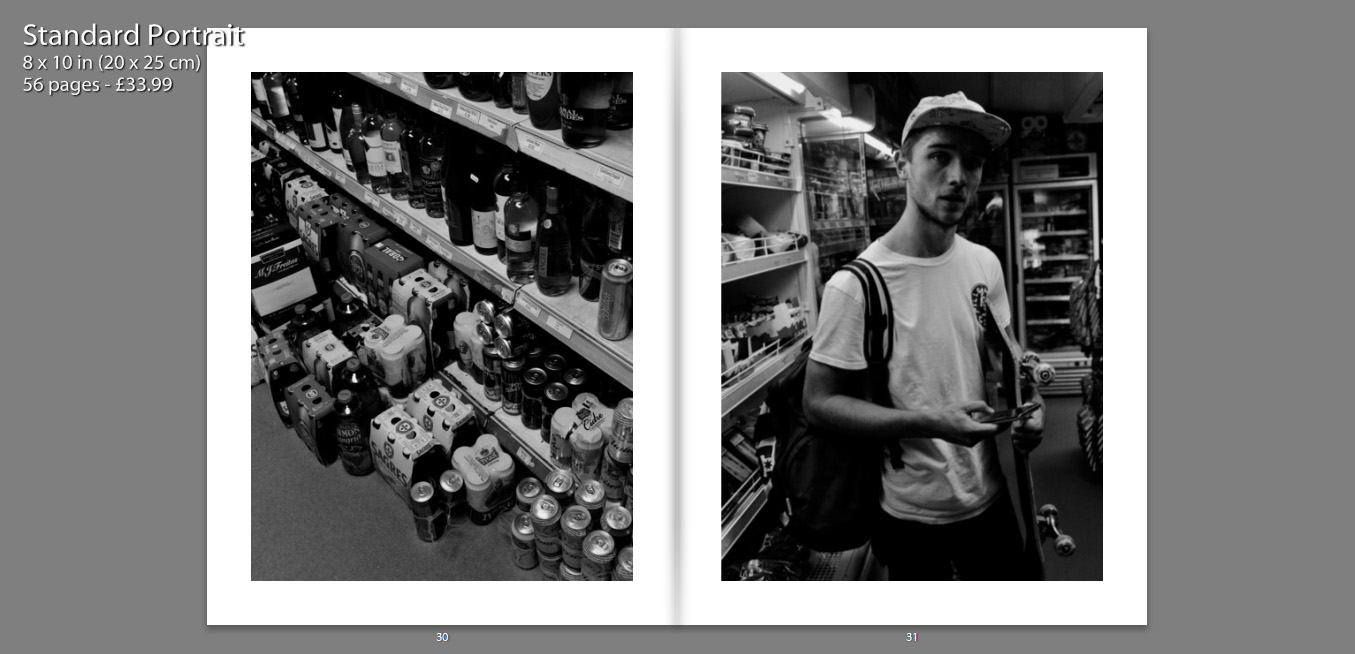
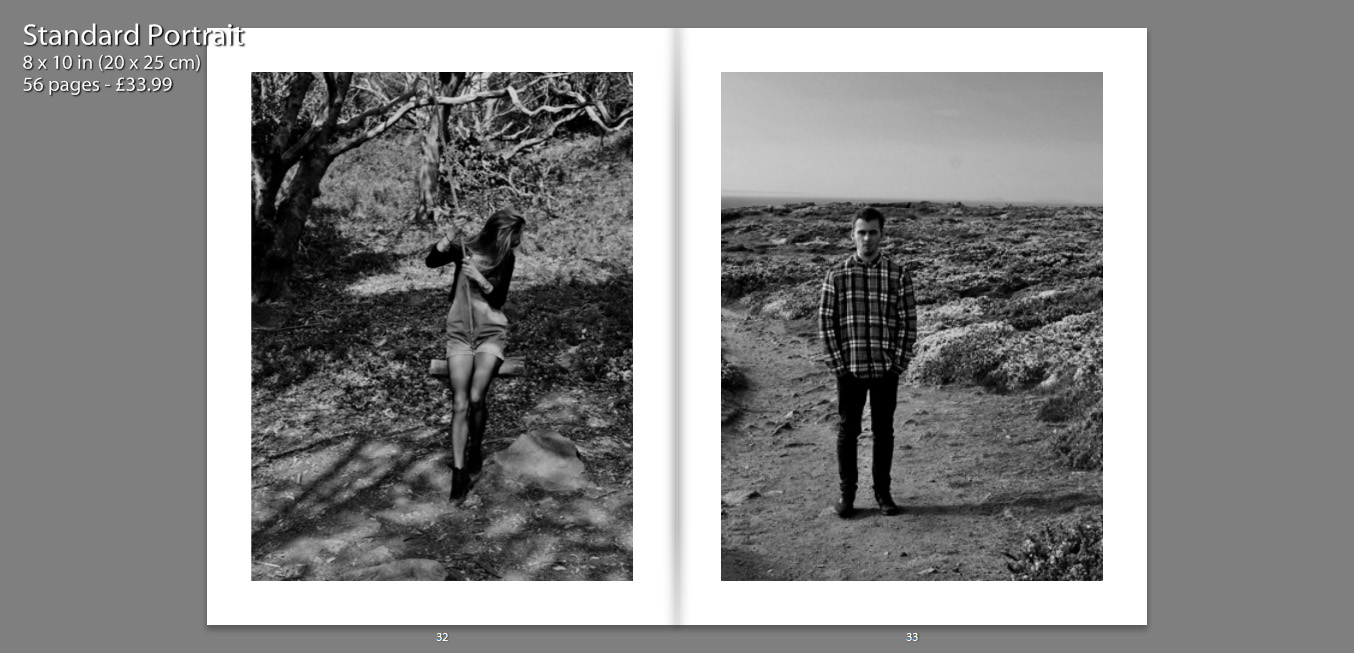
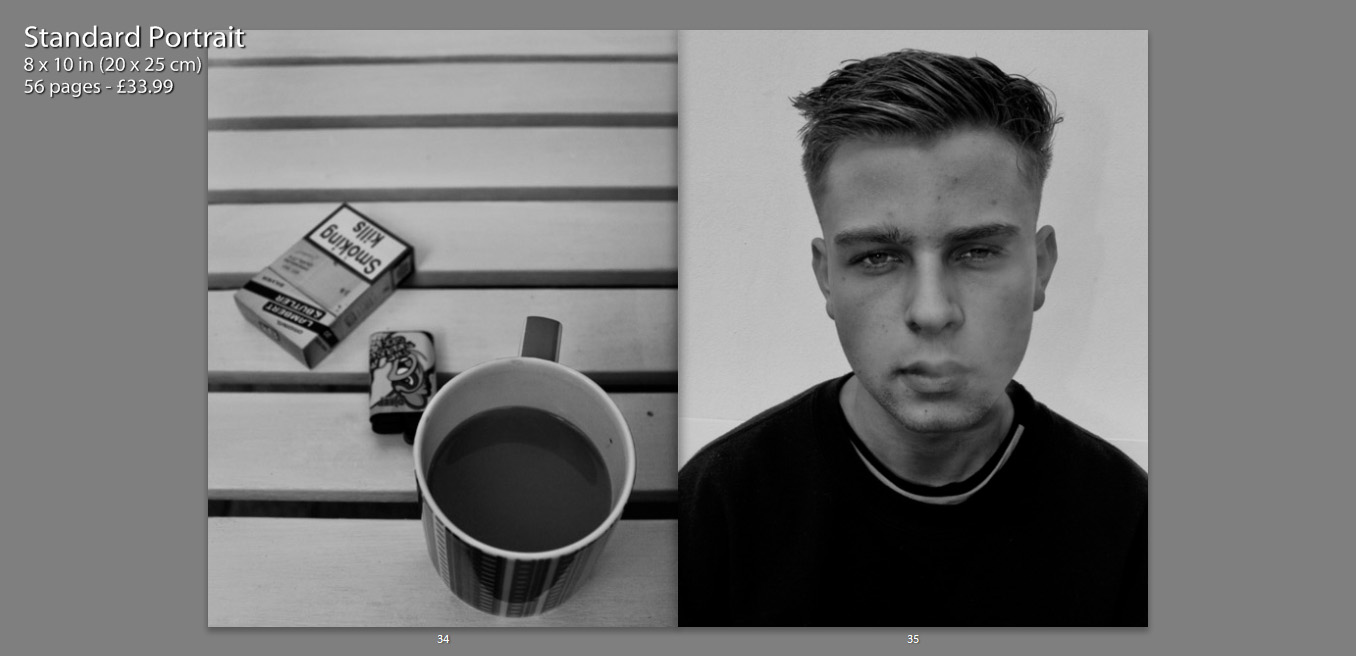

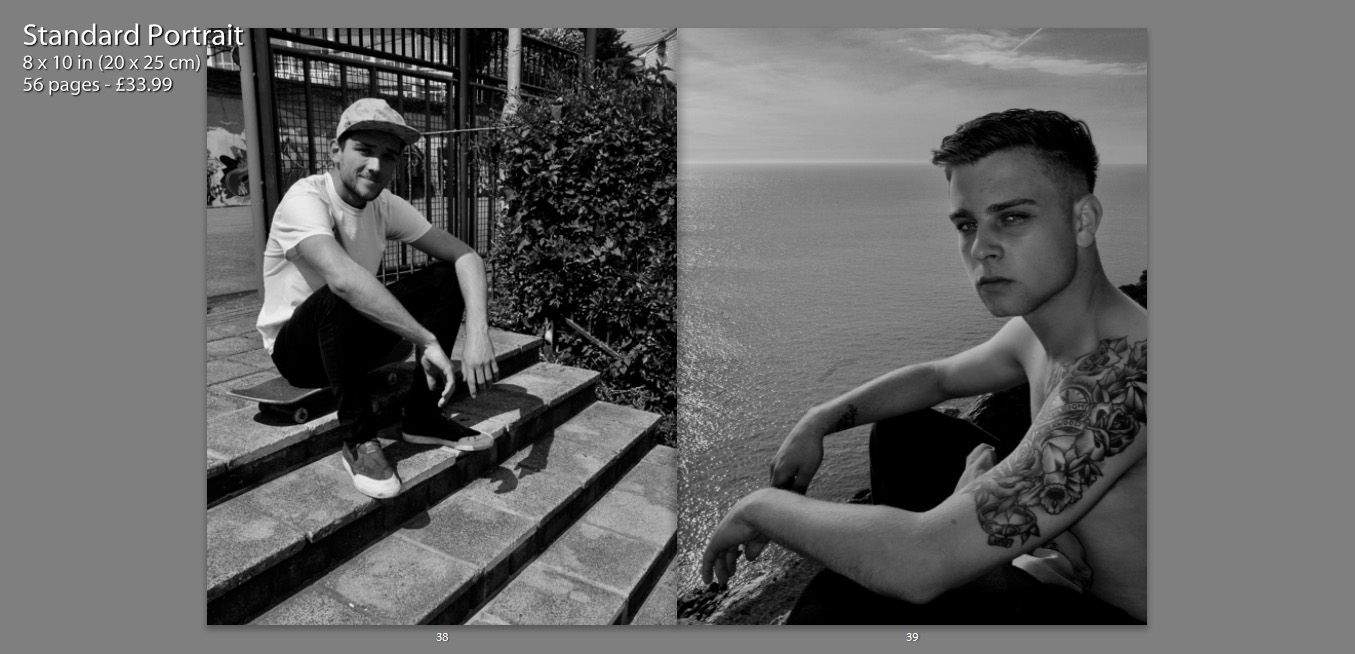
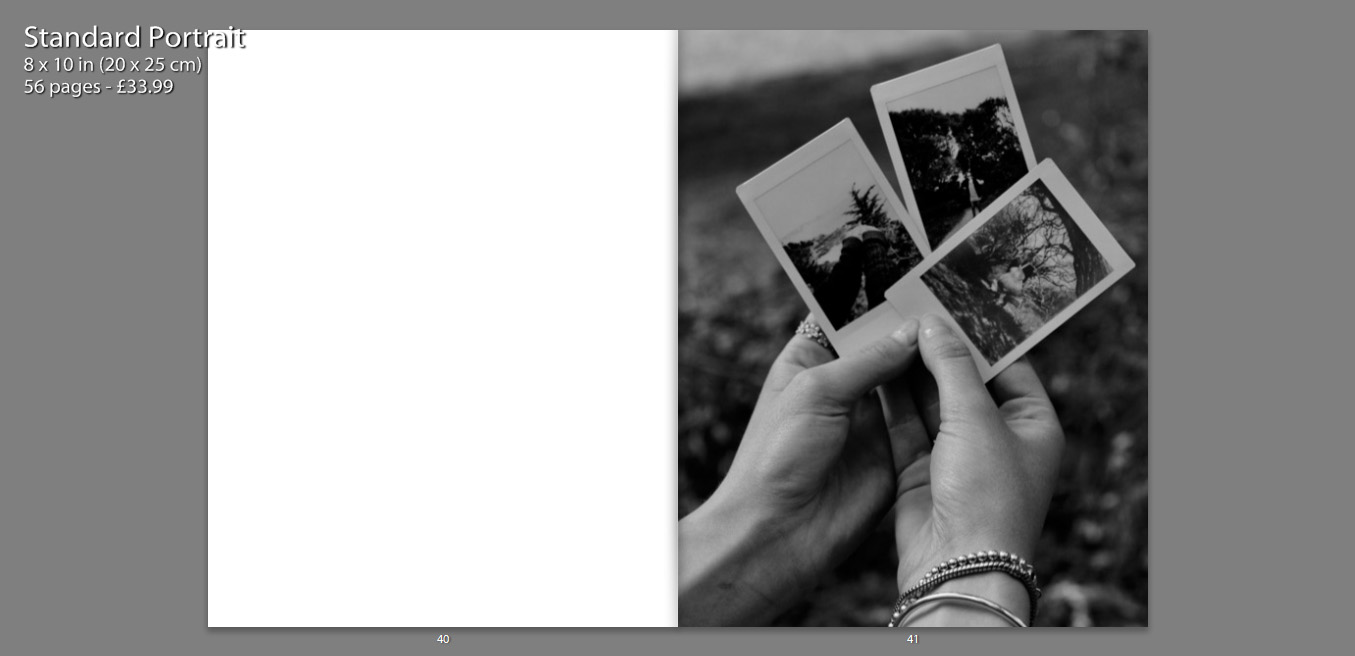

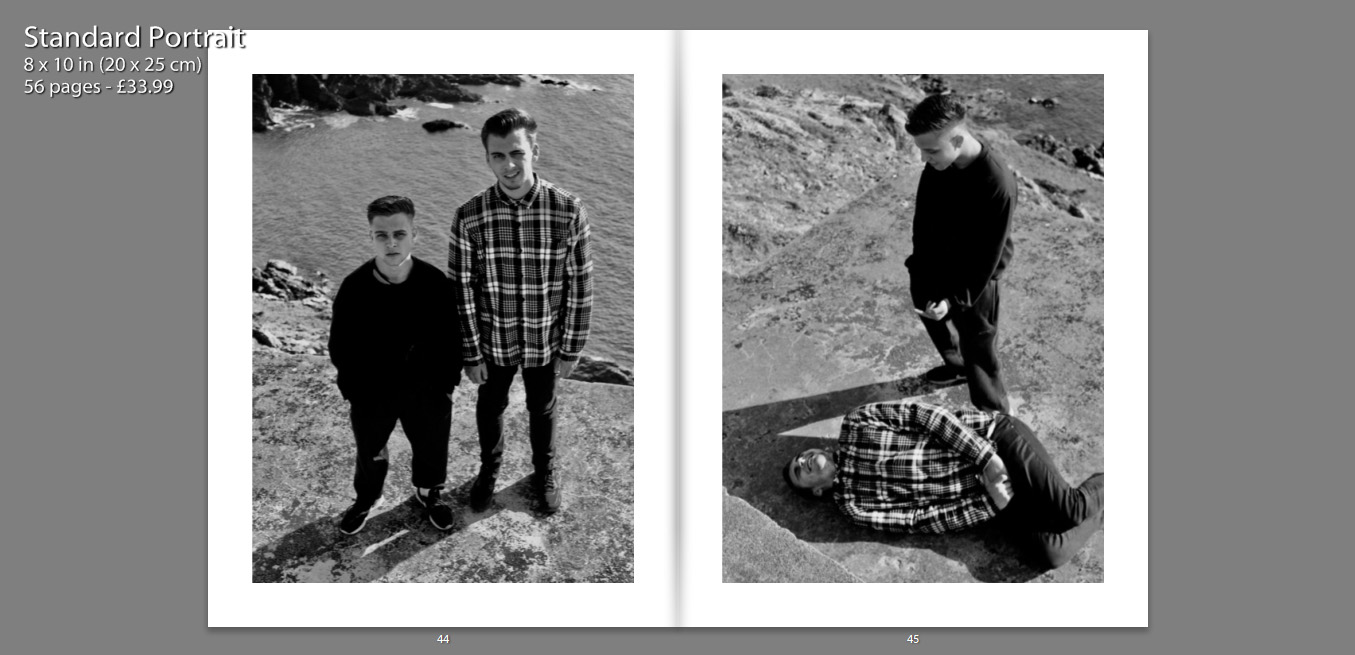
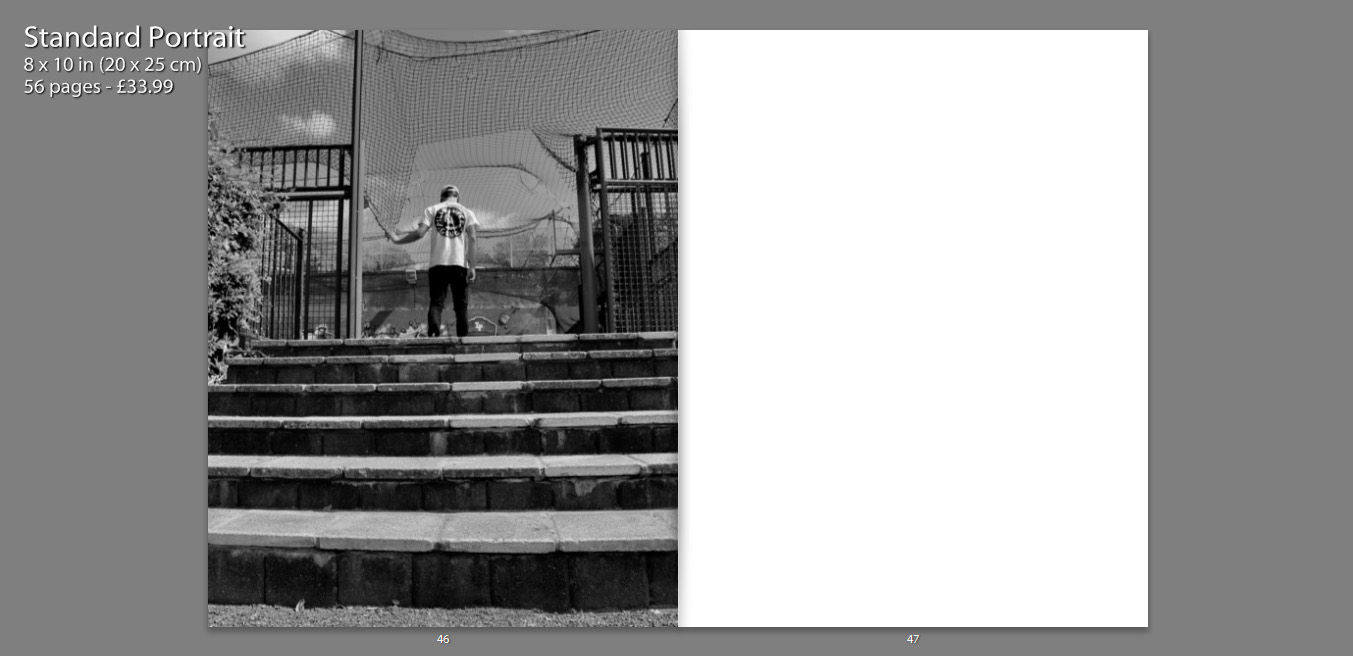
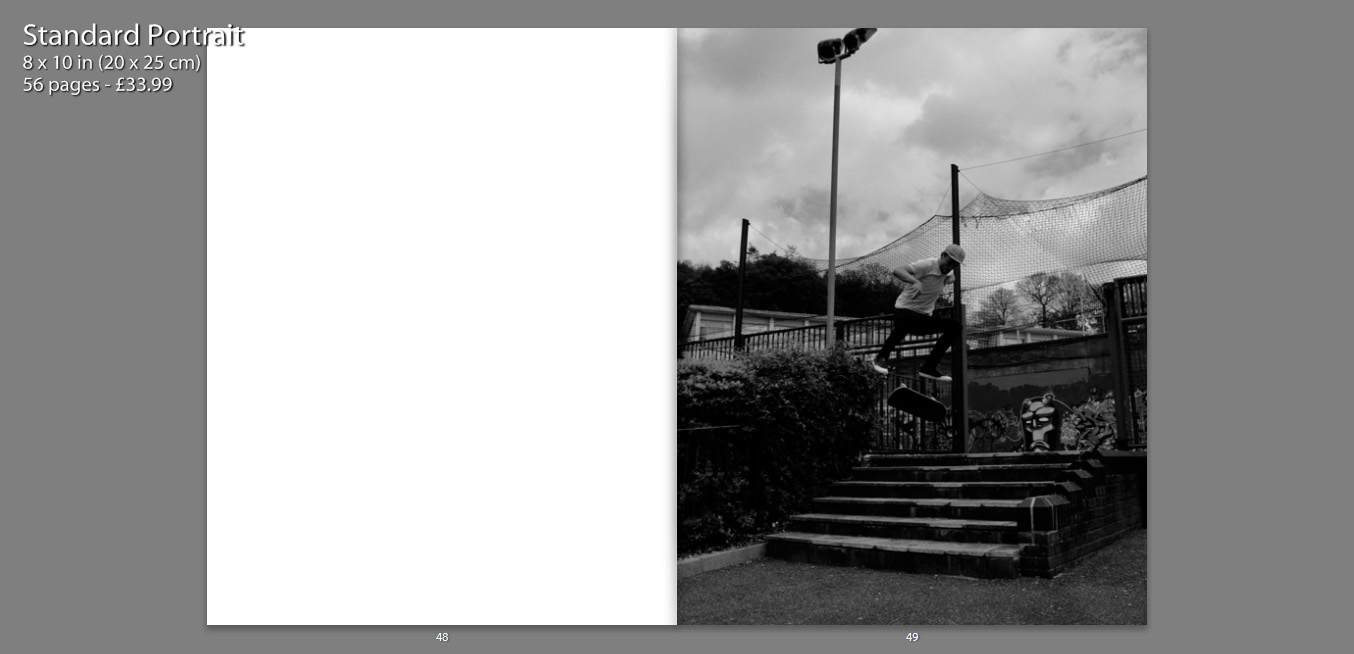

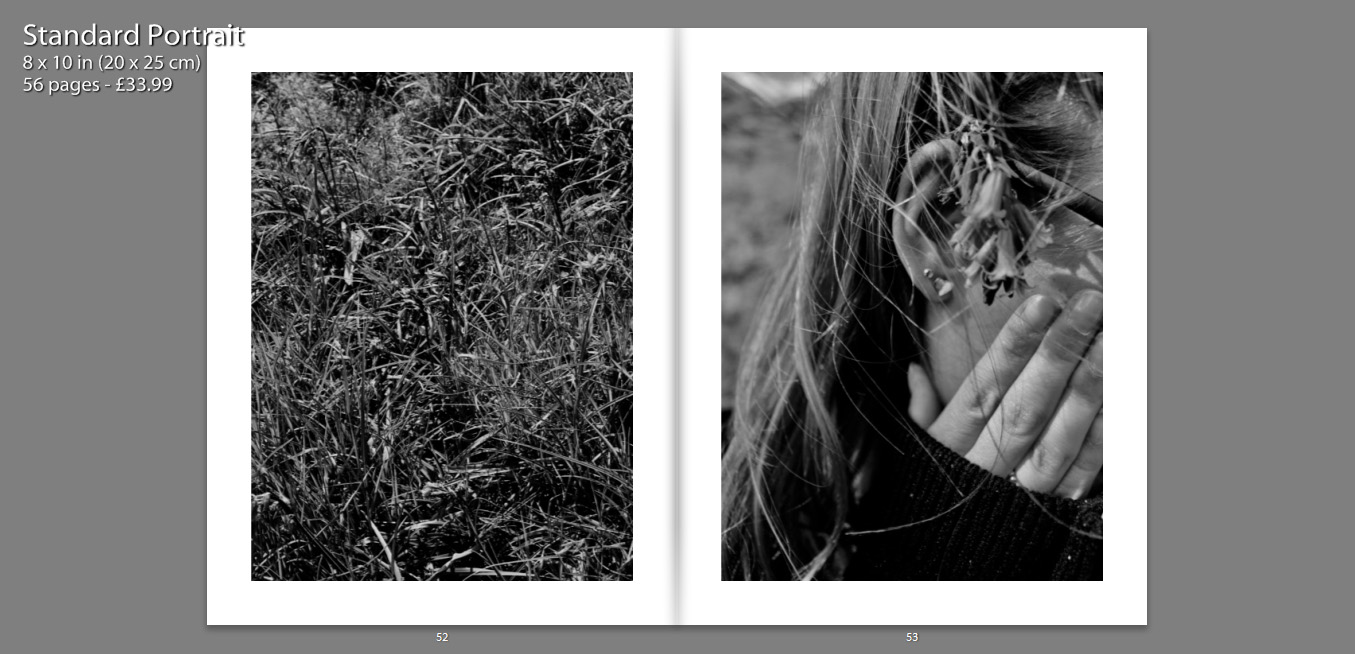

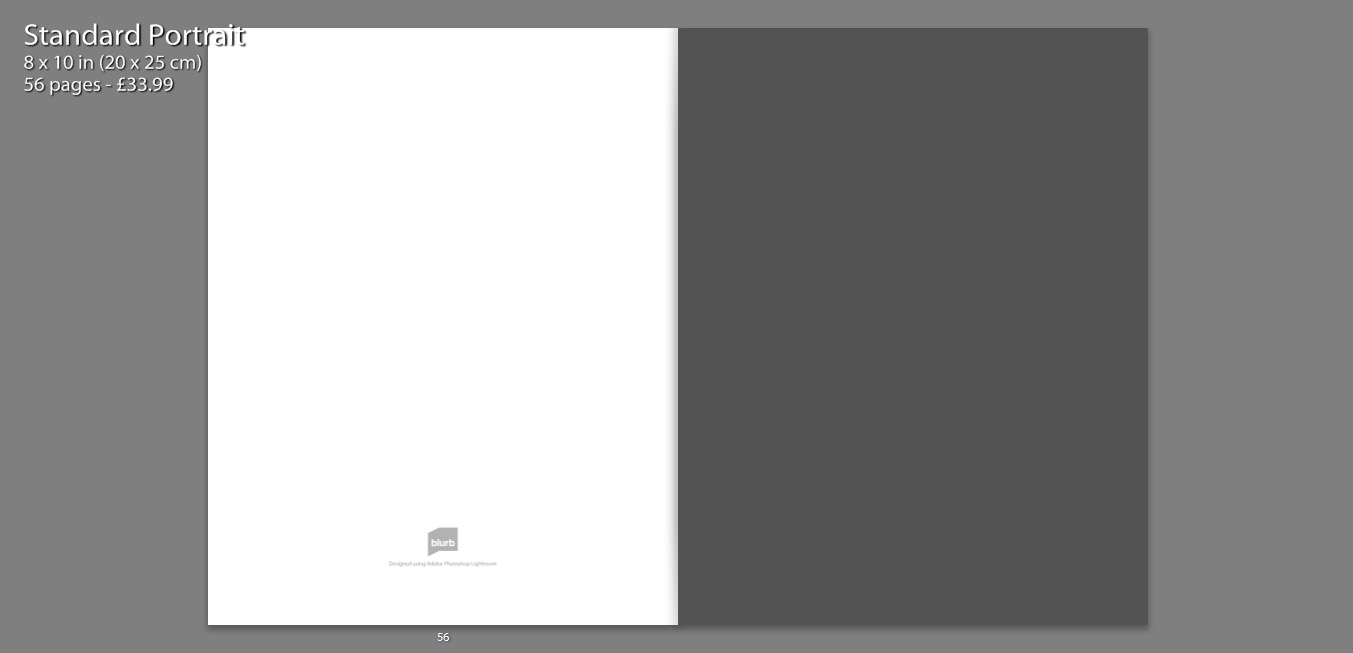
My layout of my book is in simple terms attempting to present images in such a way that they tell a story. Some images stand alongside others, juxtaposing one another, whereas others stand alone so that the viewer can gather some sense of emotion of relationship with the image. This book is a personal insight into the relationships I share with my close friends, as well as a representation of what my life and environment is and once was.


 To chose between these photographs and produce my final outcomes, I was particularly interested in having a mixture of dynamic straight photography as well as abstract photography to intrigue my viewers. When editing the landscape documentary photographs I experimented with the highlighting to really emphasise the dramatic sky. With the more abstract pieces, however, I concentrated on really bringing out the vibrant colours and brilliant texture. Unlike with most of my previous shoots, I have decided to keep all of my finals in colour. This is because, unlike my previous shoots, these images attempt to show something good and hopeful towards the environment. Below are my final chosen and edited 6 outcomes for this last shoot in my environmental project…
To chose between these photographs and produce my final outcomes, I was particularly interested in having a mixture of dynamic straight photography as well as abstract photography to intrigue my viewers. When editing the landscape documentary photographs I experimented with the highlighting to really emphasise the dramatic sky. With the more abstract pieces, however, I concentrated on really bringing out the vibrant colours and brilliant texture. Unlike with most of my previous shoots, I have decided to keep all of my finals in colour. This is because, unlike my previous shoots, these images attempt to show something good and hopeful towards the environment. Below are my final chosen and edited 6 outcomes for this last shoot in my environmental project… This first piece above was created by stitching three separate photographs together to make one easy to read piece. I have put them together because the ‘reduce, reuse, recycle’ sign featured at the Recycling centre is situated all in one long, hard to capture horizontal line. I love the effect of this sign that has been created using recycled items and kids toys to create a textured, colourful and inspiring outcome. The meaning behind this photograph is obvious as I am simply getting across this clear message from a straight forward perspective. The final result of this, I believe, emphasises the written message and brings out the beautiful and striking details.
This first piece above was created by stitching three separate photographs together to make one easy to read piece. I have put them together because the ‘reduce, reuse, recycle’ sign featured at the Recycling centre is situated all in one long, hard to capture horizontal line. I love the effect of this sign that has been created using recycled items and kids toys to create a textured, colourful and inspiring outcome. The meaning behind this photograph is obvious as I am simply getting across this clear message from a straight forward perspective. The final result of this, I believe, emphasises the written message and brings out the beautiful and striking details. These next two outcomes are my more abstracted results featuring some beautiful and inspiring artwork I captured when visiting the location. The meaning behind these two photographs is to intrigue the viewer about the recycling centre itself as well as spread the message of its importance. The first outcome on the left depicts a beautifully crafted recycling symbol made from a vast amount of green and red discarded children’s toys. I love the depth and contrast between the tiny objects as well as the vibrancy and texture of the whole piece. Next is a more abstract piece featuring the side and rooftop of the decorated facility building along with part of a growing tree. I love the strange symbolism in this piece and I like how, without context, the audience is forced to come to their own conclusions.
These next two outcomes are my more abstracted results featuring some beautiful and inspiring artwork I captured when visiting the location. The meaning behind these two photographs is to intrigue the viewer about the recycling centre itself as well as spread the message of its importance. The first outcome on the left depicts a beautifully crafted recycling symbol made from a vast amount of green and red discarded children’s toys. I love the depth and contrast between the tiny objects as well as the vibrancy and texture of the whole piece. Next is a more abstract piece featuring the side and rooftop of the decorated facility building along with part of a growing tree. I love the strange symbolism in this piece and I like how, without context, the audience is forced to come to their own conclusions.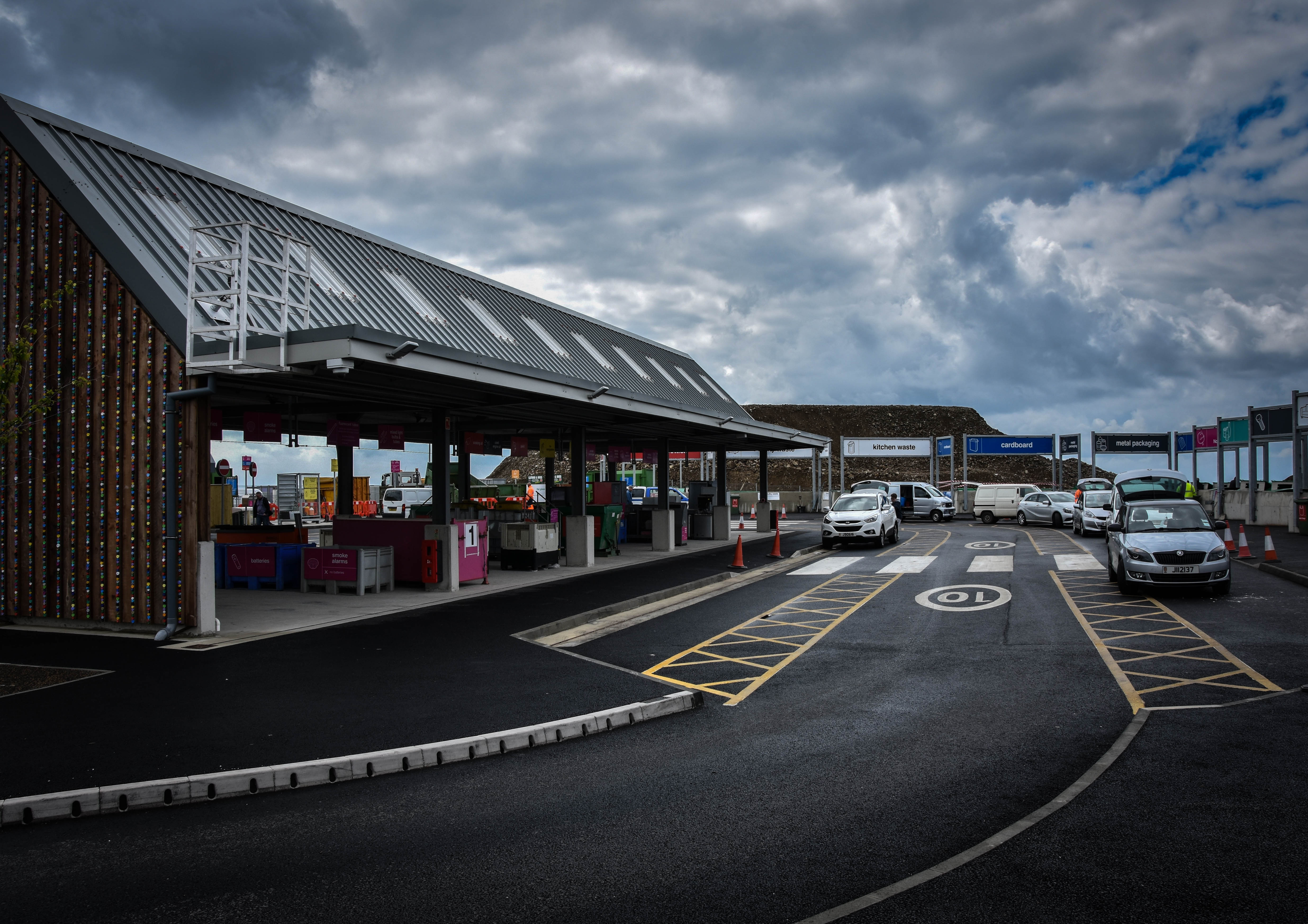 For this next documentary look at Jersey’s new and improved recycling facility, I have attempted to capture the location featuring as many important aspects as possible. My outcome above portrays the main recycling building on the left, the elegant car system running around the facility and a few of the many many drop-off points for waste that continues all the way around. The meaning behind this image is to show how the recycling centre now works and how effortless it is to drive around and dispose of our pollution safely. I have chosen this image as a final as I love the angled perspective of the facility and the dramatic overtones created with the contrast of the sky.
For this next documentary look at Jersey’s new and improved recycling facility, I have attempted to capture the location featuring as many important aspects as possible. My outcome above portrays the main recycling building on the left, the elegant car system running around the facility and a few of the many many drop-off points for waste that continues all the way around. The meaning behind this image is to show how the recycling centre now works and how effortless it is to drive around and dispose of our pollution safely. I have chosen this image as a final as I love the angled perspective of the facility and the dramatic overtones created with the contrast of the sky.





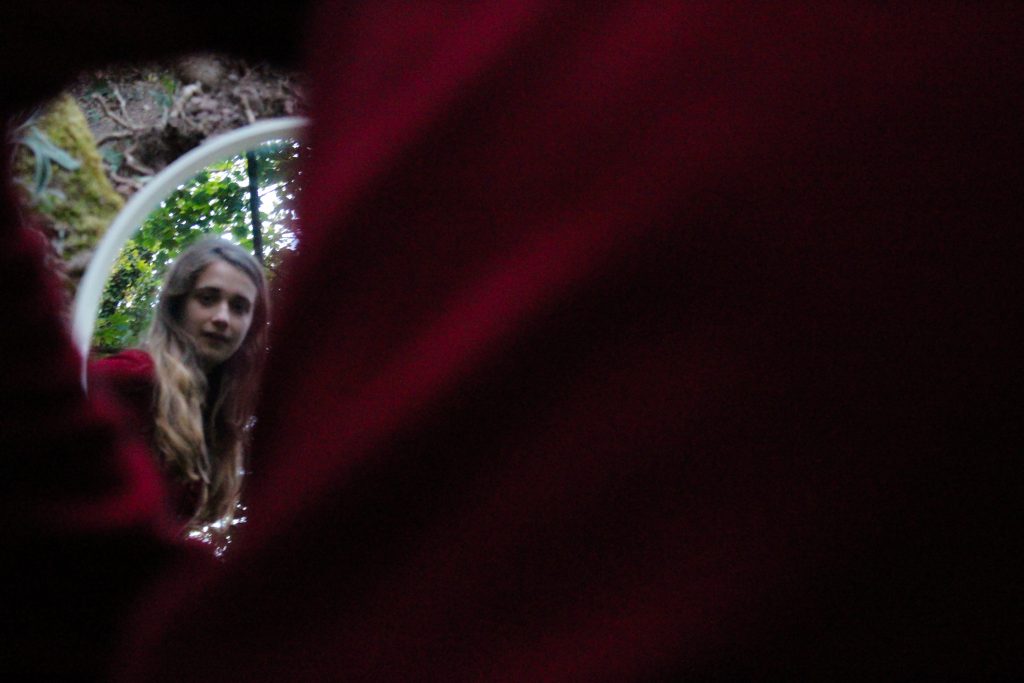
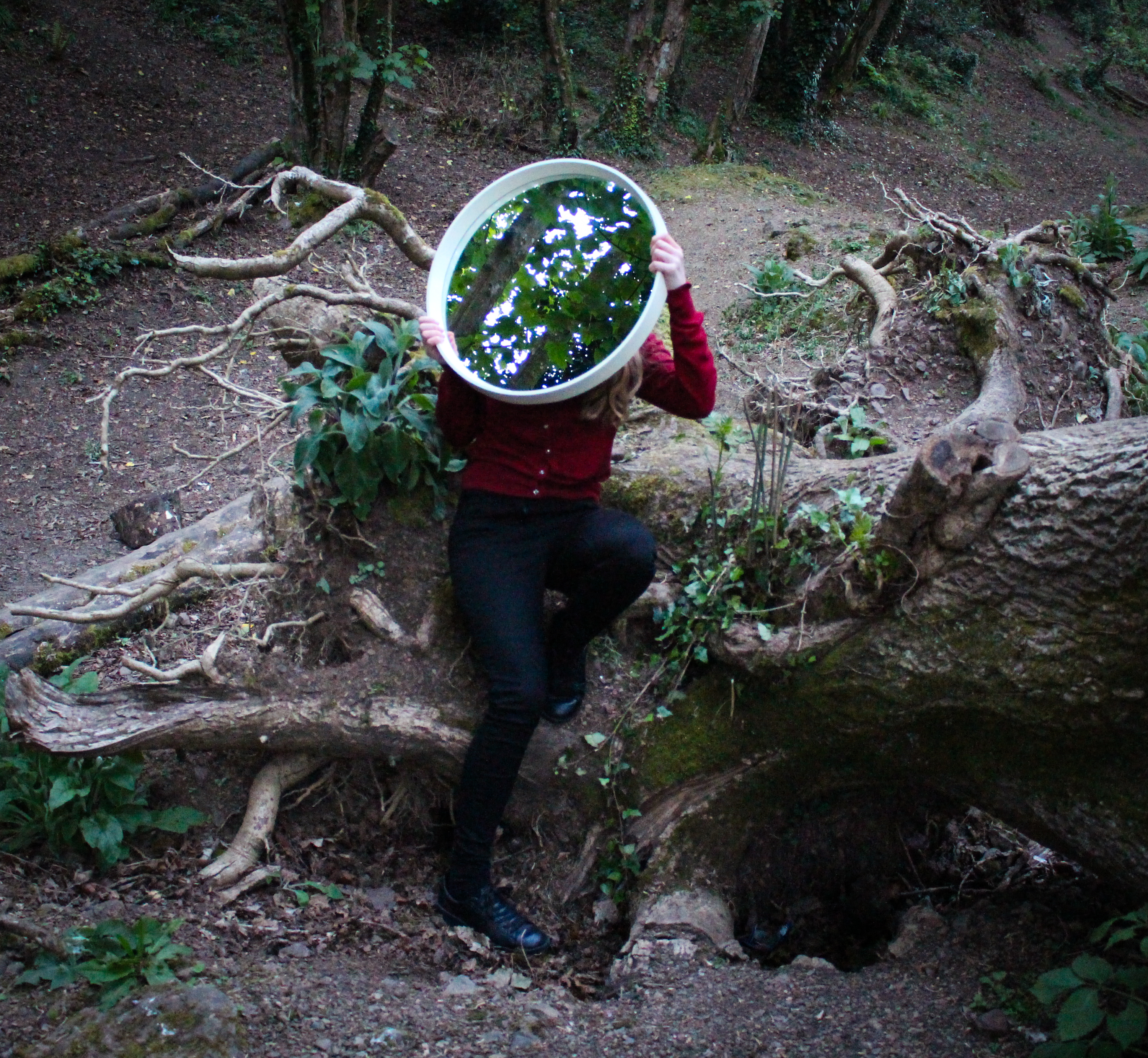
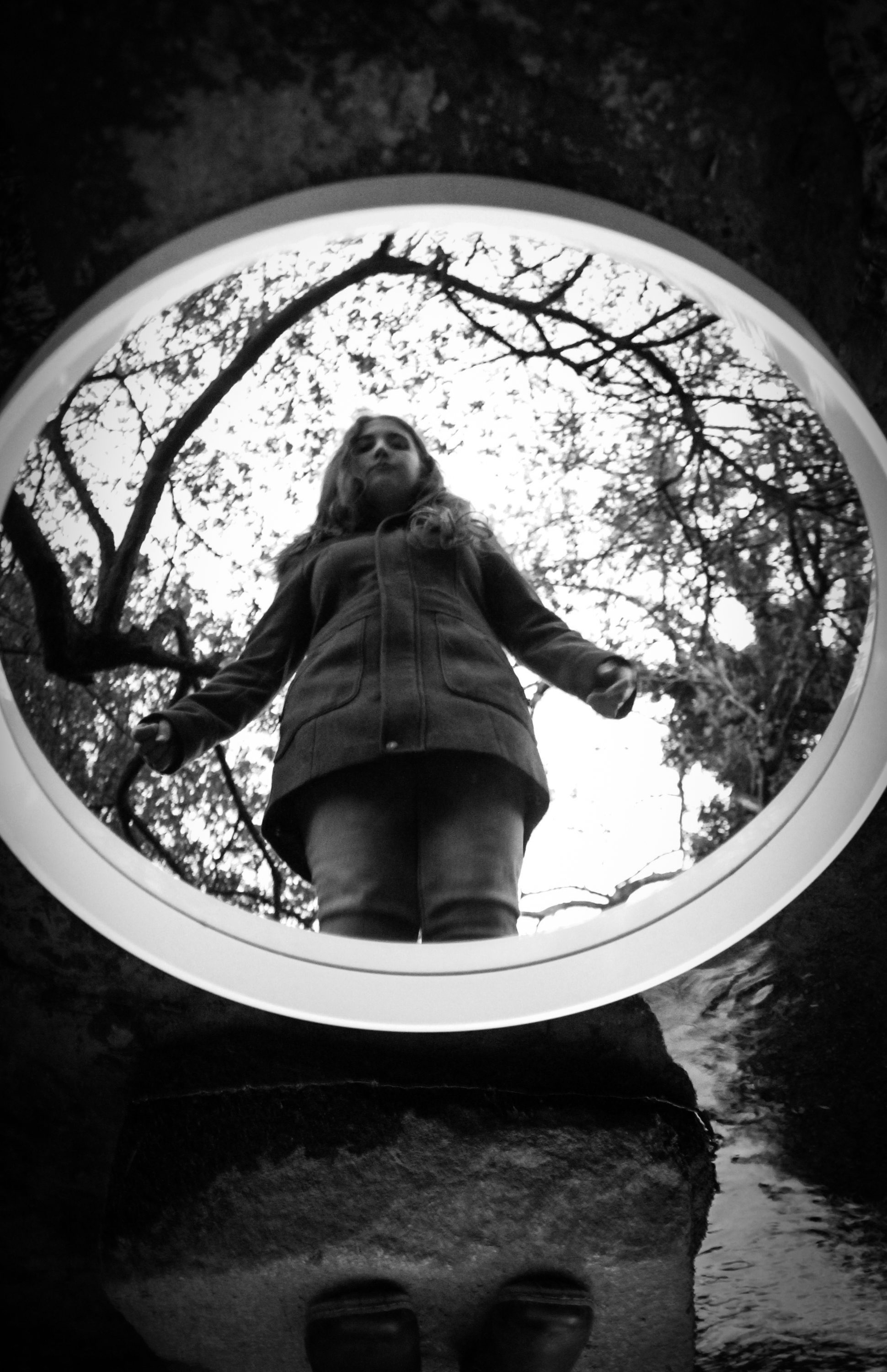
















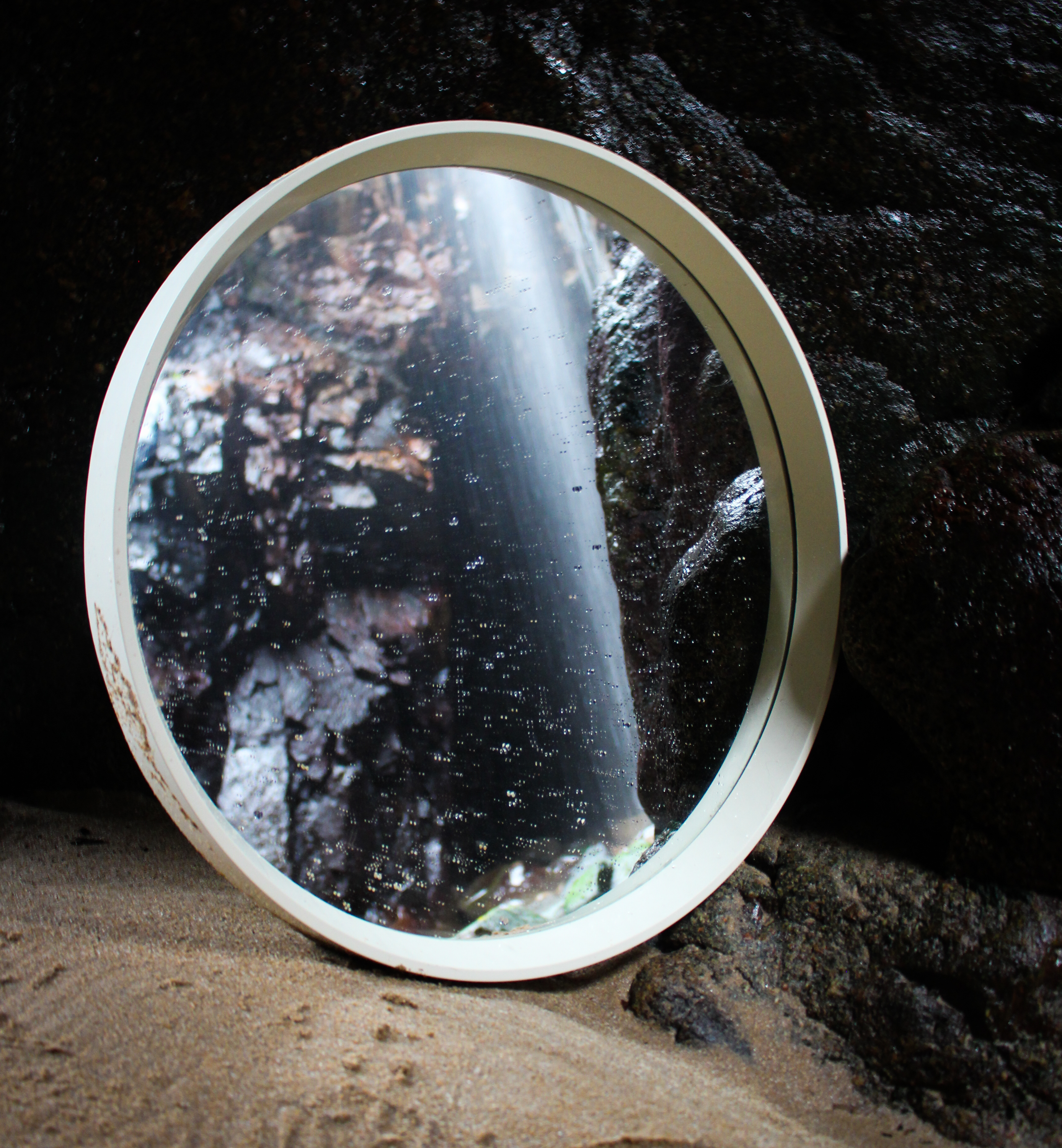





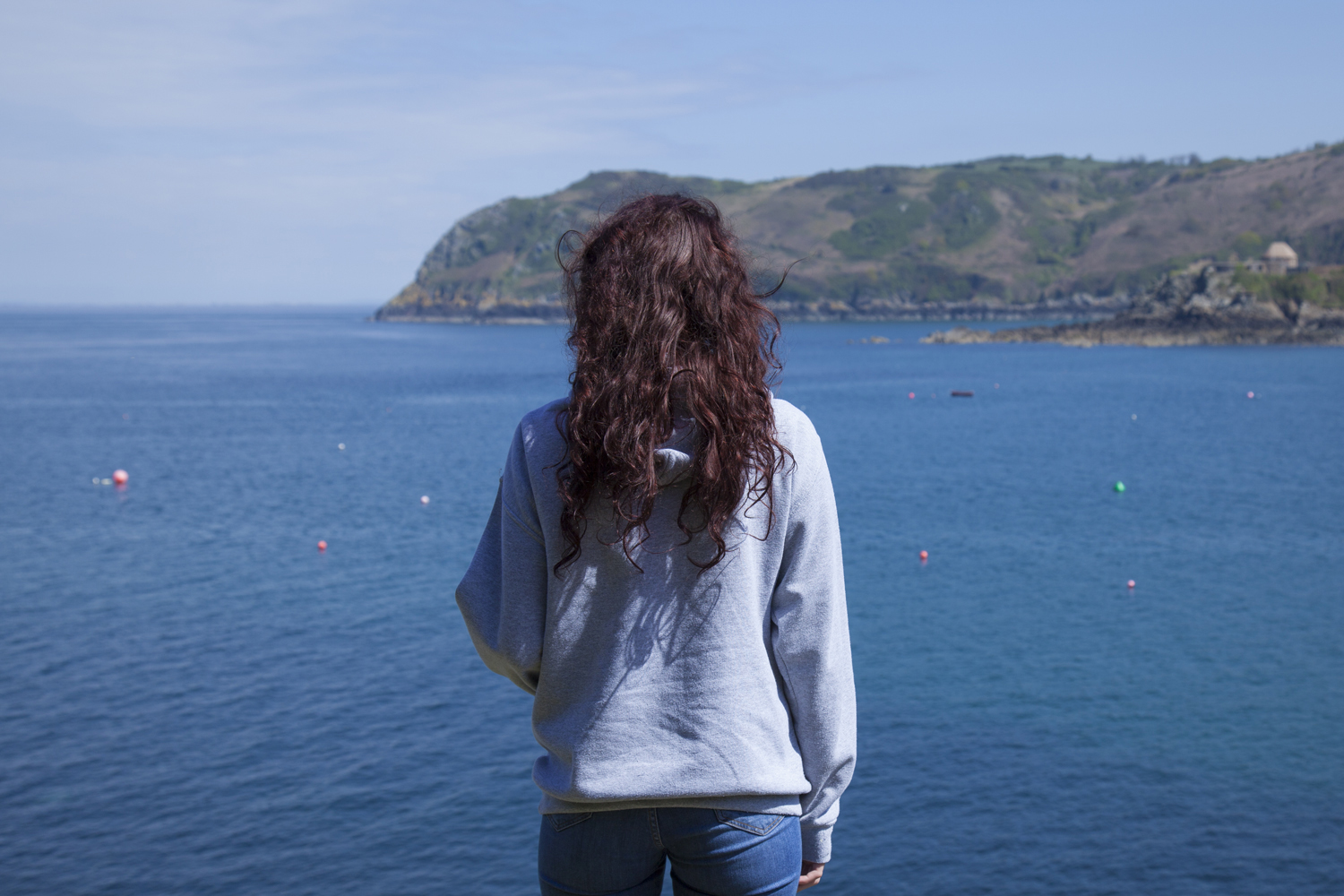


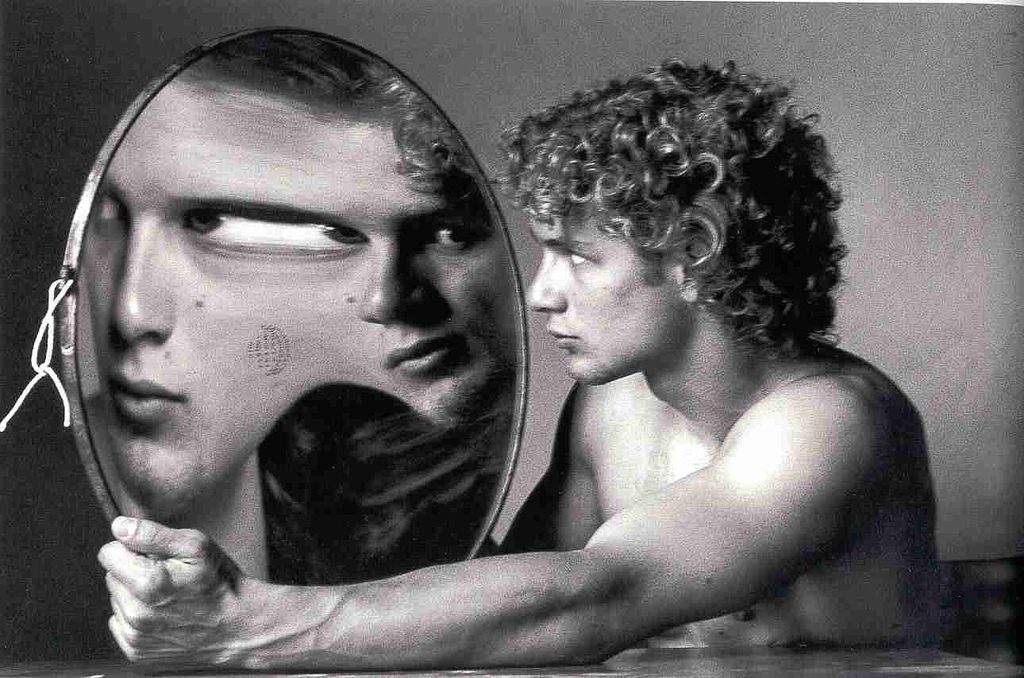
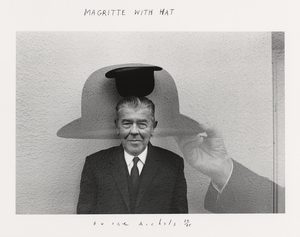
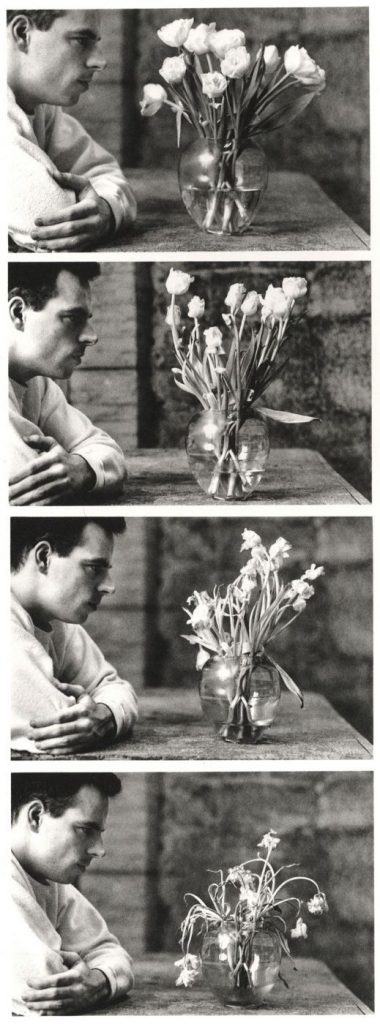
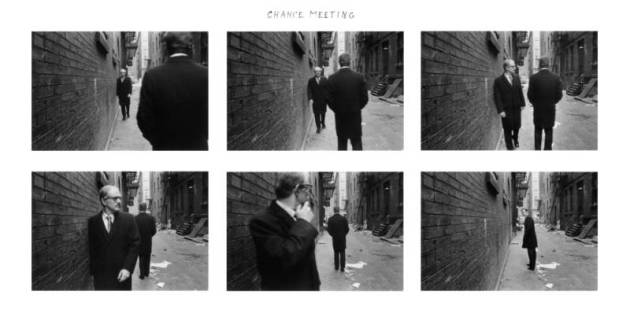 I was also drawn to Michal’s work because of the ways in which he has used reflections. He has explored the idea of mistrusting appearances and the truths that lie beyond the surface. Like mirrors cameras recreate a chosen subject ‘truthfully’ onto a flat surface by redirecting beams of light. Michals has stressed his suspicion of the purely visual to the extent of even abandoning the lens-based image in favour of purely verbal description. He has said ” I am a reflection photographing other reflections within a reflection” which suggests an unease with the process of trying to trap appearances. His work focuses on exploring invisible and internal themes and his use of mirrors could relate to the introspective nature of his work. He also connects his work on this to things such as mythology and literacy such as the example below which references the Greek myth of Narcissus.
I was also drawn to Michal’s work because of the ways in which he has used reflections. He has explored the idea of mistrusting appearances and the truths that lie beyond the surface. Like mirrors cameras recreate a chosen subject ‘truthfully’ onto a flat surface by redirecting beams of light. Michals has stressed his suspicion of the purely visual to the extent of even abandoning the lens-based image in favour of purely verbal description. He has said ” I am a reflection photographing other reflections within a reflection” which suggests an unease with the process of trying to trap appearances. His work focuses on exploring invisible and internal themes and his use of mirrors could relate to the introspective nature of his work. He also connects his work on this to things such as mythology and literacy such as the example below which references the Greek myth of Narcissus.